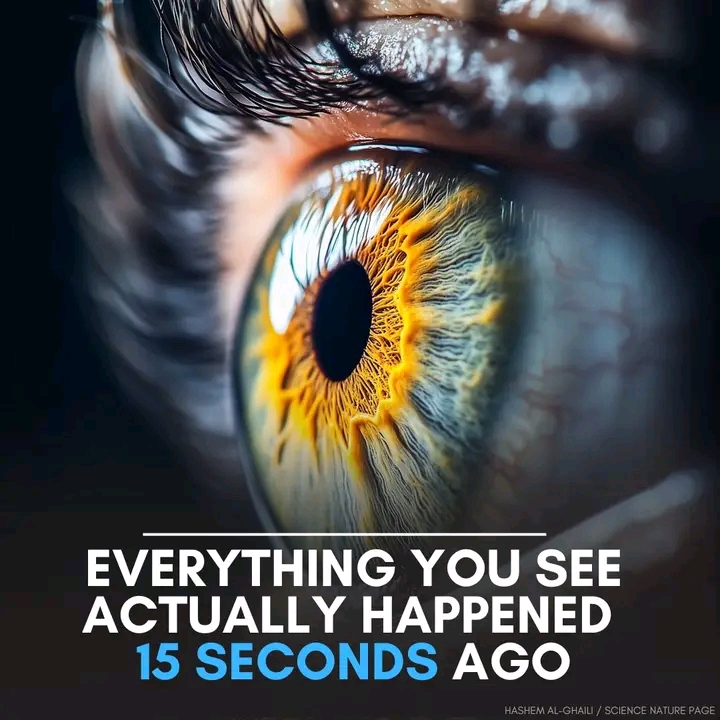What if everything you see is actually a snapshot from 15 seconds ago? Recent research conducted by scientists at the University of Aberdeen and the University of California, Berkeley, reveals that human vision operates with a delay, presenting us with a visual experience that is significantly behind real-time.
This phenomenon, described as a “previously unknown visual illusion,” suggests that our brains are constantly smoothing out visual input to help us perceive a stable environment, effectively living “in the past.”
The study, led by Mauro Manassi from the University of Aberdeen and David Whitney from UC Berkeley, explores the concept of “serial dependence,” where our brains merge visual information over a 15-second timeframe. This process allows us to avoid feeling overwhelmed by constant changes in our surroundings.
As Whitney explains, if our brains updated visual stimuli in real-time, we would experience a chaotic and disorienting world filled with constant fluctuations in light and movement.
To investigate this delay, the researchers recruited around 100 participants and had them watch time-lapse videos of faces morphing in age or gender. Participants consistently identified faces based on images they had seen earlier in the video rather than the most recent frame.
This finding illustrates how our brains prioritize past information over current stimuli, effectively “procrastinating” on updates to maintain a sense of continuity.
While this mechanism helps prevent sensory overload in everyday life, it also has critical implications in fields requiring high precision, such as medicine. For instance, radiologists examining medical images may rely on outdated visual information, potentially missing crucial details when diagnosing conditions.
Manassi highlights that while this delay aids our daily functioning, it can pose risks in situations demanding immediate accuracy.
Ultimately, this research sheds light on the complexities of human perception and consciousness. The continuity field created by our brain allows us to navigate a stable world despite inherent limitations in our visual processing.
As Whitney notes, while we are not literally blind to changes, our reliance on past impressions can obscure immediate alterations in our environment. Understanding this phenomenon is essential for recognizing how our perceptions shape our experiences and decisions in life.

